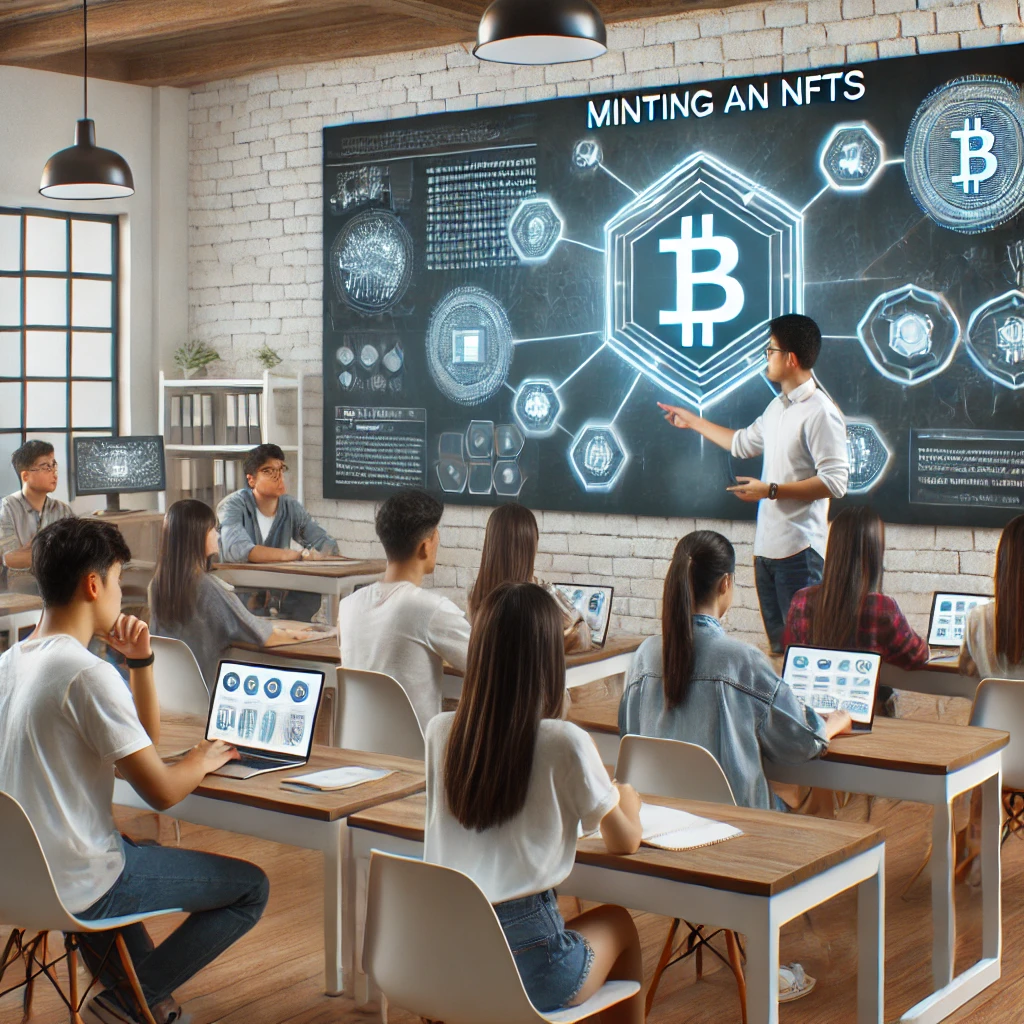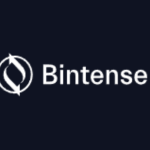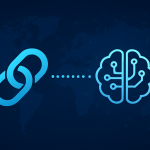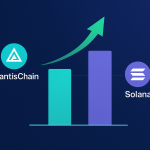Blockchain
Philippine Agency Empowers Youth With Blockchain And NFT Education

Introduction
In a bold and forward-thinking move, the Philippine Department of Science and Technology’s Advanced Science and Technology Institute (DOST-ASTI) has launched educational programs centered on blockchain technology and NFTs (Non-Fungible Tokens). These initiatives are designed to equip young Filipinos with the knowledge and skills necessary to navigate the emerging digital economy. As blockchain technology rapidly becomes an integral part of various industries, from finance to creative arts, this program promises to unlock new opportunities for the country’s youth.
The Digital Shift In The Philippines
In recent years, the Philippines has been actively embracing digital transformation. As the fourth-largest internet market globally, the country has witnessed a surge in digital activity, particularly in mobile-based financial services, e-commerce, and online content creation. Recognizing the potential of blockchain to revolutionize industries, the Philippine government has been proactive in exploring ways to integrate this technology into the national agenda.
The DOST-ASTI initiative comes at a crucial time when global markets are increasingly adopting blockchain and decentralized systems. With the launch of the blockchain and NFT education program, the Philippines aims to position its youth at the forefront of this digital revolution. By focusing on education, the government seeks to empower young Filipinos with the skills needed to leverage blockchain technology, which can lead to financial inclusion, innovation, and entrepreneurship.
What Is Blockchain And Why Does It Matters?
At its core, blockchain is a decentralized digital ledger that records transactions across multiple computers. It is celebrated for its security, transparency, and immutability, making it an ideal platform for industries like finance, healthcare, supply chain management, and the arts. Blockchain also powers NFTs, which have gained popularity for their ability to tokenize digital assets, such as artwork, music, and collectibles.
NFTs operate on blockchain networks and enable creators to certify ownership and authenticity of digital content. In the art world, for example, NFTs allow artists to monetize their work in ways that were previously unavailable. This makes the DOST-ASTI initiative even more significant, as it equips young people with tools that could open doors to creative and financial freedom.
Empowering The Next Generation Of Innovators
The DOST-ASTI’s blockchain and NFT education programs are structured to provide a comprehensive understanding of blockchain technology, its applications, and its potential benefits. By focusing on a curriculum that combines technical knowledge with real-world applications, the program seeks to ensure that students not only understand the theoretical aspects of blockchain but also its practical uses in various sectors.
Key Learning Areas
Blockchain Basics: Understanding the principles of blockchain, including decentralized ledgers, consensus mechanisms, and smart contracts.
NFTs and Digital Ownership: Exploring the concept of NFTs, how they work, and their relevance in the digital world, particularly in art, gaming, and virtual real estate.
Financial Inclusion through Blockchain: Investigating how blockchain can provide banking solutions to the unbanked population and create new opportunities for financial growth.
Blockchain in Business: Real-world applications of blockchain in industries such as supply chain management, healthcare, and digital identity verification.
Hands-on Learning: Students will have opportunities to create and trade NFTs, build decentralized apps (dApps), and interact with blockchain platforms.
This initiative is set to create a pipeline of young blockchain professionals, developers, and entrepreneurs who can contribute to the country’s growing tech ecosystem. By fostering a culture of innovation and technological literacy, the Philippine government hopes to build a more robust and future-ready workforce.
Opportunities And Challenges In Blockchain Education
While the potential for blockchain education is immense, there are several challenges to consider. First and foremost is the need for adequate infrastructure. Implementing blockchain education requires access to technology, high-speed internet, and digital devices. For some regions in the Philippines, particularly in rural areas, these resources may be limited.
However, DOST-ASTI is working to overcome these obstacles by partnering with private tech companies, non-governmental organizations (NGOs), and international institutions. These collaborations aim to provide the necessary resources and support to ensure the program’s success across the country.
Another challenge is the fast-paced nature of blockchain technology. With new developments and updates occurring frequently, keeping the curriculum up-to-date is essential. This means that the program must be flexible and adaptive, ensuring that students are always learning the most current practices and innovations.
Despite these challenges, the benefits of blockchain education are undeniable. By exposing young people to this cutting-edge technology, the Philippines is setting the stage for the next generation of tech innovators and leaders.
The Impact Of Blockchain Education On The Philippine Economy
Blockchain has the potential to significantly impact the Philippine economy, particularly in sectors like finance, agriculture, and digital content creation. With an estimated 70% of the population still unbanked, blockchain technology offers a solution for providing financial services to underserved communities. Through digital wallets and decentralized finance (DeFi) platforms, blockchain can facilitate cheaper and more secure transactions, bridging the financial gap.
Additionally, blockchain and NFTs are creating new opportunities in the creative economy. Filipino artists, musicians, and content creators are now able to tokenize their work, reaching a global audience and generating revenue in ways previously unattainable. By teaching young Filipinos how to navigate these new technologies, the DOST-ASTI program is enabling a new wave of digital entrepreneurs.
Furthermore, as the country increasingly becomes a hub for tech startups, having a workforce skilled in blockchain will attract foreign investments and partnerships, further bolstering the economy.
Conclusion
The DOST-ASTI’s blockchain and NFT education programs are a monumental step towards empowering the next generation of Filipino youth. By equipping them with the skills to participate in the global digital economy, the Philippines is ensuring that its young people are not left behind in the rapidly evolving tech landscape.
Through partnerships, innovative teaching methods, and a focus on real-world applications, the program is not only preparing students for future job markets but also inspiring a culture of innovation and entrepreneurship. As blockchain technology continues to grow, the Philippines stands to benefit from a young, educated, and tech-savvy population ready to shape the future of the digital world.








